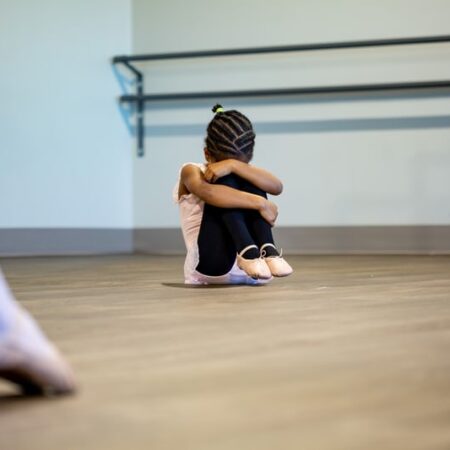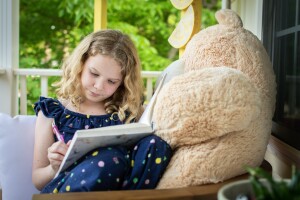Last year brought many changes as a result of the pandemic that altered life as we knew it. Now, many children are experiencing anxiety and parents are wondering what to do.
Anxiety in children can look very different depending on the child and his age. Younger children often seem irritable and have meltdowns or tantrums. They may seem reluctant to separate from their parents. Older children may withdraw and become moody.
Physical symptoms
Anxiety can also show up as reassurance-seeking, resistance to trying new things, trouble sleeping, fatigue, lack of concentration, and aggression. Physical indicators such as headaches and stomachaches are common. Kids may be restless, fidgety, bite their nails, or pick at their skin. Young children express their feelings through play. Watch for changes in their playtime that indicate they are struggling with how they feel.
What can you do to help your child?
One of the most important ways your can help your child deal with their anxiety is to be sure you are managing your own apprehension well. As parents, we need to model for our children how to tolerate uncertainty and cope with changes and stressors in healthy ways.
For young children, a routine is paramount to feeling secure. So, adopting new habits and providing structure in the day-to-day is important. Making sure your children are eating a healthy diet, getting enough sleep, and exercise regularly is also vital. Even when cooped up inside you can exercise by doing jumping jacks, playing follow the leader, dancing, skipping around, or whatever gets you and your child moving and hopefully laughing some, too.
Looking for the positive in each day is also helpful. Find simple pleasures and celebrate small things. Stop the “what if” thinking. Focus on the present and what you can do instead of what you are not able to do.
In order to help gauge younger children’s emotions, use a feelings chart to check in with them on how they are feeling and a rating system (such as a 0-10 scale) to rate the level of the emotion. Avoid giving your children too much reassurance. Instead, help them work through their questions to come up with good solutions of their own.
Strategies that can help reduce anxiety at home:
–Deep breathing (breathe in to the count of three, hold for three counts, then breathe out over the count of three, or use the gradual slowing down of a pinwheel to practice slow deep breaths)
–Imagery (imagine a happy place – what you see, hear, smell, feel)
–Identify activities they can participate in to distract themselves (reading a book, drawing/painting, exercising, playing a game)
–Sensory items (stress ball, weighted blanket, scented candle, music)
–Laughter (be silly together – tell jokes, make funny faces)
It’s also important to monitor media exposure and limit screen time. However, some uses of technology may be used to help your child feel better (such as apps designed for calming emotions).
Journaling thoughts and feelings (either by writing or drawing) back and forth between you and your child can be a great way to work through those thoughts and feelings that may be hard to talk about. We don’t want our children to deny their feelings, but we do want them to have a healthy balance between focusing on how they feel in order to work through those feelings and then moving past them to enjoy their day. Validate your child’s feelings whatever they may be and help them test their thoughts for truth. Most important is that your children know you are here for them and will listen to how they feel.
Social interactions are very important for children. Schedule playdates (with appropriate safety measures taken). Set up video chats with loved ones. Encourage your children to write letters or make drawings for mailing to family and friends.
When to seek help
Pursue professional assistance if your child is unable to move past their anxiety and it continues to interfere with their daily life. Some indicators would be if your child withdraws from activities they previously enjoyed, loses interest in relating with others, is unable to control their emotions, is unable to complete their daily tasks, and/or they are consistently not eating or sleeping well.



